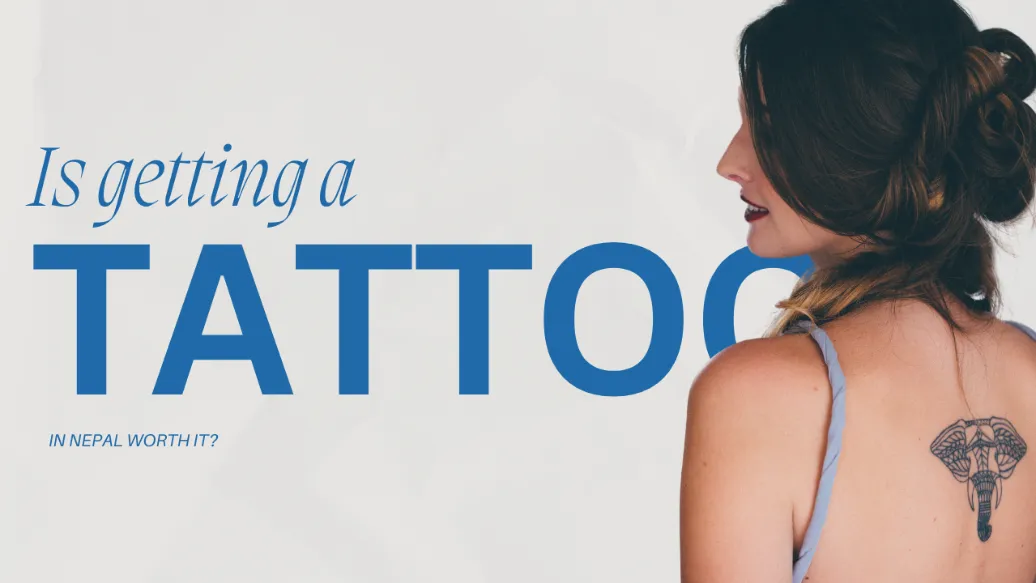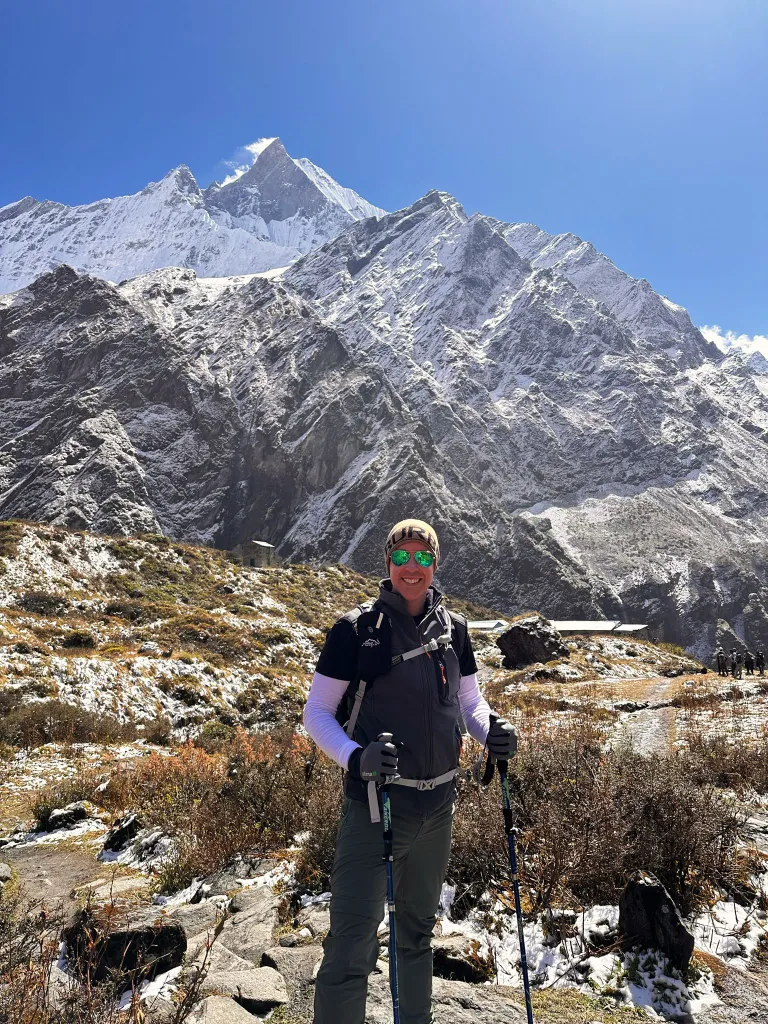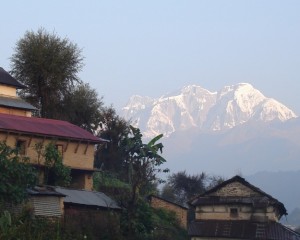A First-Timer’s Guide to Trekking the Annapurna Circuit
Annapurna Circuit Trek lies in the lap of the majestic Annapurna ranges, showing off its cultural and natural gems. As you make your way in the rocky terrain of the hills in the terrain, the trek reveals itself from subtropical scenery to a Tibetan-influenced valley happily presiding over the High Thorong La to the Kali Gandaki valley. Interestingly, amidst the hilly region, there lies a desert-like trans-Himalayan region that previously used to be a trade corridor to Tibet.
The walk around the natural heritages wrapped in the arms of a remote region amidst the appealing peaks of Annapurna I, Annapurna II, Annapurna III, Annapurna IV, Dhaulagiri, Machhapuchhre (Fishtail), Pisang Peak, Tilicho Peak, Gangapurna, Manaslu, Paungda Danda, Himchuli, Neelgiri. At the same time, the cultural customs and artefacts of local Tibetan people just add beauty to your journey.
That being said, Annapurna Circuit Trek needs extra planning and preparation for first-timers. How about we understand each detail of the Annapurna Circuit Trek?
Overview of Annapurna Circuit Trek
Annapurna Circuit Trek is a magnificent trekking route located in the western part of Nepal. Starting your journey from the beautiful town of Jagat, your official trek starts. Passing through the tumbling waterfalls and making your way through the muddy road after a walk of six hours, you reach Besisahar.
Further making your way through the trail previously used for the salt trade, you cross several picturesque villages, Dharapani, Chame, and Upper Pisang, before you reach the first highlight of the trail, Manang.

The desert landscape hidden in the Annapurna ranges shows off the rich history of ancient Tibetan groups living here for centuries. Walking further to the Tibetan-influenced valley and over the High Thorong La to the Kali Gandaki valley. Besides, the side trips in these lines are just spectacular so you might have the urge to add one or two days extra for your trek.
The fun and hidden fact is you have a chance to pay a visit to the deepest gorge in the world, Dana Gorge, comparing two eight thousand peaks, Dhaulagiri (8167m) and Annapurna first (8091m).
There are several highlights of the trek that make it one of the most appealing journeys of the Annapurna trekking zones.
- Explore the cultural artefacts of the Manangi people in the hidden gem of Manang.
- Cross Thorong La Pass has breathtaking panoramic views of Annapurna (I-IV), Manaslu, Gangapurna, Dhaulagiri, Machhapuchhre, and Langtang Lirung.
- Visit Muktinath, a site of immense cultural and religious significance for both Hindus and Buddhists.
- Witness stunning waterfalls and diverse terrain, and traverse wooden and suspension bridges.
- Encounter endangered species thriving in the Annapurna Conservation Area and experience the grandeur of the Kali Gandaki River Valley, home to the world’s deepest gorge.
Is the Annapurna Circuit Trek Difficult?
Annapurna Circuit Trek is a moderate trekking region that makes it an excellent choice for trekkers with some experience or physically fit beginners. The trek takes you to an altitude of 5000m, so you need good endurance and acclimatization.
The Thorong La Pass (5416m), is undeniably the most challenging section of the Annapurna Circuit. This high-altitude mountain pass is the trek's apex and requires a pre-dawn start to ensure safe crossing before strong winds pick up later in the day.
Moreover, the trails of the Annapurna Round Trek differ from the paved path to the rocky and uneven terrain embedded with numerous stone staircases. These can be physically demanding and exhausting regularly. Similarly, 6-7 long hours of walking, around 6-7 hours daily, combined with frequent ascents and descents, are physically demanding,
How fit do I need to be for Annapurna Circuit?
Understanding these trails, you may already know that physical fitness is a must for every trekker. But how can you start with good physical fitness?
To prepare for the trek, you should start by taking the stairs more. On the long weekend, you should go on a hike. Meanwhile, in your workout routine, you can include some new phases of workout, including cardio and strength training, to help you train your body for the conditions you'll encounter on the trek.
At the same time, you should also mentally prepare yourself. Pacing and mental strength are essential even for beginners. Start a fitness routine 8-12 weeks before the trek and gradually build intensity to improve your readiness for this adventure. Remember, a well-prepared body and mind will make the Annapurna Circuit achievable and enjoyable.
Preparation for the Annapurna Circuit Trek
Aside from good fitness, factors like choosing the best time and having the right equipment and gear are crucial for successful trek planning. Let’s dive into the details.

Best Season for Annapurna Circuit Trek
While Nepal's natural beauty is visible in every season, spring and autumn are considered the best times to trek. These seasons offer vibrant atmospheres, favourable weather, comfortable trail conditions, long and warm walking days, and the opportunity to experience local festivals.
Spring
After the harsh winter, spring brings warmer weather and enhances the beauty of nature with clear visibility of towering snow-capped peaks. The pink, red, and white rhododendrons decorating the hills, along with diverse fauna wandering in the lush forests, make trekking during this time a visual delight.
The Gurung and Tamang communities celebrate Buddha Jayanti and Lhosar during this season, offering trekkers a chance to experience the unique customs and culture of the local people.
However, visibility in the lower regions can sometimes be affected as farmers burn grasses in the fields. Additionally, towards the end of the season, rainfall may create obstacles for trekkers.
Autumn
After the heavy monsoon rains, autumn unveils Nepal’s landscapes in their full glory, creating a lively and refreshing atmosphere. The trails are in good condition, and the diverse flora and fauna further enhance the trekking experience.
Cultural festivals like Dashain, Tihar, and Kumje add to the charm of the region during this time. However, as autumn is one of the peak trekking seasons, you may encounter crowds on the trail. To enjoy a more peaceful trekking experience, consider booking early or trekking towards the end of the season.
Equipment To Pack
- Backpacking Equipment: Backpack (40-50L), Daypack, Sleeping bag (3-season), Trekking poles, Water bottles, Water purification (tablets/filter)
- Clothing: Trekking boots, Camp shoes/sandals, Warm clothing (base layers, fleece, down jacket), Rain jacket & pants, Sun hat & warm hat, Gloves (light & warm)
- Accessories: Sunglasses (UV protection), Sunblock & lip balm, Headlamp (extra batteries), First aid kit, Personal hygiene items (toothbrush, wet wipes)
- Miscellaneous: Snacks (energy bars, nuts), Camera/phone, Power bank, Money (cash & cards), Passport & permits, Ziplock bags (for trash)
If you want budget-friendly options, then you can rent the trekking gear from Thamel for less than a dollar per day.

Annapurna Trekking Permits
When trekking with Nepal Vision Trek, the permit fees are included in the package. Your experienced guide will handle the permit process on your behalf using your passport. To enter the Annapurna region, you will need two permits, which can be obtained in Kathmandu or Pokhara before starting your trek.
- TIMS (Trekkers Information Management System) Card:
Cost: 2000 Nepali Rupees
Available only through trekking agencies as per the latest rules. - Annapurna Conservation Area Permit (ACAP):
Cost: 3000 Nepali Rupees
Available through the Nepal Tourism Board in Bhirkutimandap, Kathmandu, or in Pokhara.
To wrap up, Annapurna Circuit Trek is an unforgettable experience for first-time trekkers, with its diverse landscapes, stunning views of the Himalayan peaks, and rich cultural experiences. Though physically demanding, the trek is achievable for those with a moderate level of fitness and proper preparation. It is an excellent choice for those looking to explore Nepal's natural beauty and cultural heritage.
For a seamless trekking experience with expert guidance and handled logistics, choose Nepal Vision Trek. Let us make your Annapurna adventure memorable and stress-free.
FAQS






